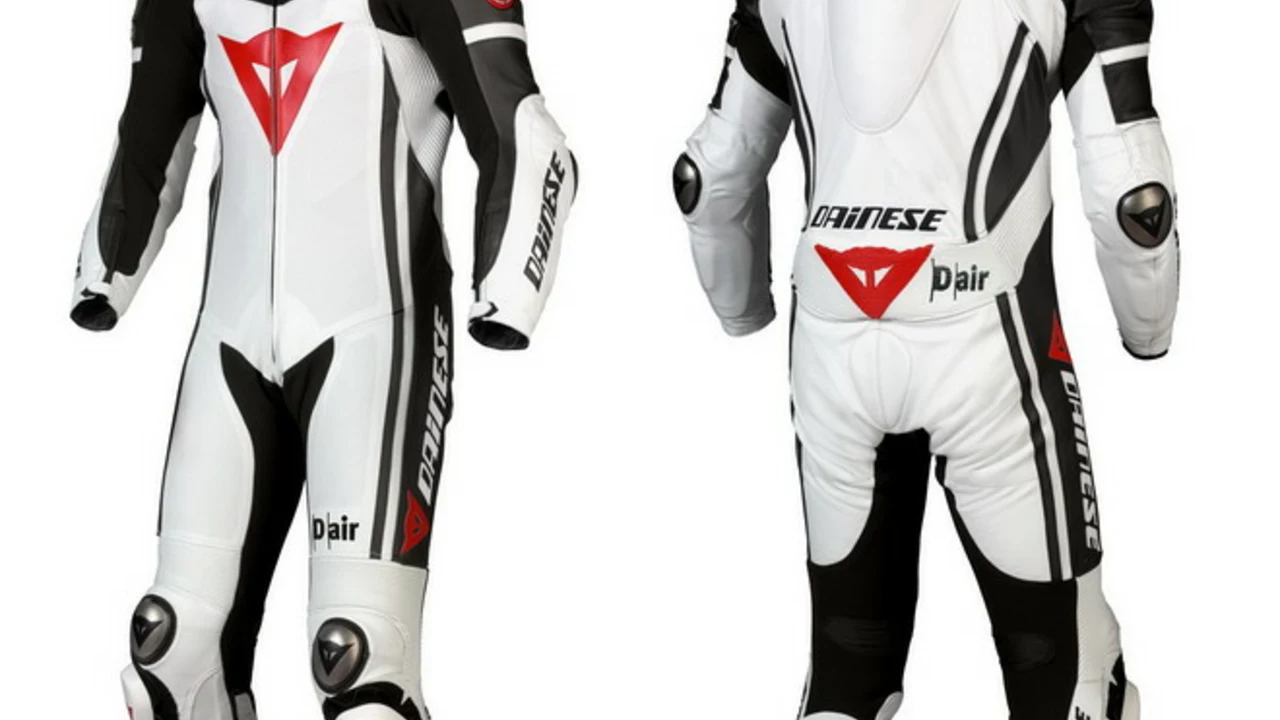Racing Suits: The Complete Guide for Drivers and Fans
If you’ve ever watched a race car zip by, you’ve probably noticed the bright, tight-fitting outfits on the drivers. Those are racing suits, and they’re more than just cool looking. They protect you from fire, keep you comfortable, and even help you perform better on the track.
Why Racing Suits Matter
First off, safety is the biggest reason to wear a racing suit. Most series require a suit that meets the FIA or SFI fire‑retardant standards. In a crash, a fire can ignite in seconds, and a certified suit can give you precious minutes to escape. The suit’s material is designed to melt rather than burn, creating a barrier that slows heat transfer.
Beyond safety, a good suit helps you stay cool. Modern fabrics have moisture‑wicking layers that pull sweat away from your skin, so you don’t get soggy or distracted. Some suits also have built-in ventilation panels that let airflow reach the hottest spots.
Fit matters for performance, too. A suit that’s too loose can flap in the wind, adding drag. A tight suit reduces wind resistance, letting you shave off fractions of a second on each lap. That’s why professional drivers spend time with a tailor to get a perfect fit.
Choosing the Right Suit for You
Start by checking the rules of the series you plan to race in. If you’re in a club race, the requirements might be less strict, but it’s still wise to aim for at least an SFI 3.2 rating. For high‑level events, look for FIA‑rated suits.
Next, think about the material. Most suits use Nomex or a blend of Nomex and Kevlar. Nomex is cheap and fire‑resistant, while Kevlar adds extra strength and durability. If you’re on a budget, a 100% Nomex suit is fine for most entry‑level racing.
Fit is personal. You’ll want a suit that’s snug but still lets you move your arms and shoulders freely. Try on a size up from your normal clothing and then have a tailor take in the seams. Many drivers add custom patches or embroidery for team branding – just make sure it doesn’t affect the suit’s integrity.
Don’t forget accessories. A proper racing helmet, gloves, shoes, and a helmet liner all work together with the suit to keep you safe. When you buy a suit, ask if the retailer offers a matching helmet liner; it helps seal gaps and improve comfort.
Maintaining Your Racing Suit
After each race, wash the suit according to the manufacturer’s instructions – usually a cold water rinse without fabric softener. Avoid wringing or high heat; both can weaken the fire‑retardant coating. Store the suit flat or hanging, away from direct sunlight, to prevent UV damage.
If the suit gets a cut or tear, get it repaired promptly. Most professional shops can splice the material while keeping the fire rating intact. Never try to patch it yourself with regular sewing thread, as it won’t hold up in a fire.
Finally, keep track of the suit’s certification date. Most suits need re‑testing every few years, especially if they’ve been exposed to harsh conditions. Mark the date on the label and set a reminder to check it before the next season.
Whether you’re a weekend hobbyist or aiming for a professional seat, a good racing suit is your first line of defense on the track. Pick one that meets safety standards, fits like a glove, and stays in good shape with proper care – and you’ll be ready to focus on what matters most: the thrill of the race.
Which racing suits are comfortable for riding?
In my search for the most comfortable racing suits, I've found that the ones designed with flexibility in mind are the most comfortable for riding. These suits typically feature stretch panels in key areas, allowing for a greater range of motion. Additionally, suits with good ventilation keep you cool during intense rides, enhancing comfort. Quality padding and a well-fitted design are also crucial for comfort and safety. It's essential to remember that everyone’s comfort preferences are different, so finding a suit that suits your unique needs is key.



